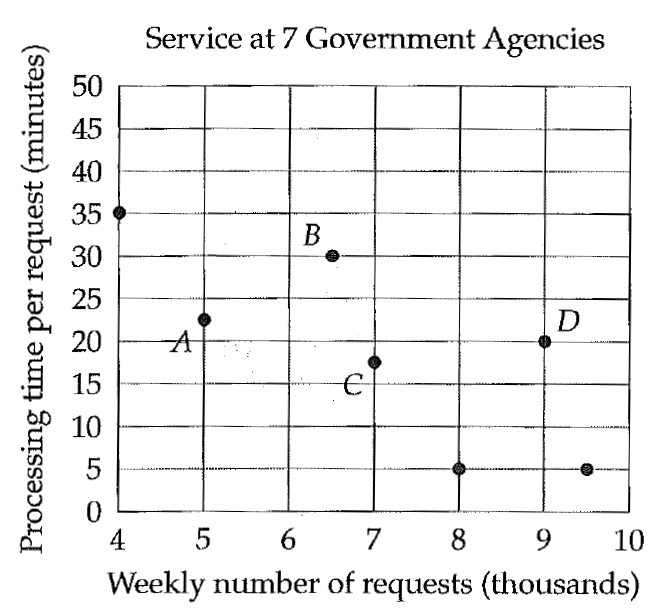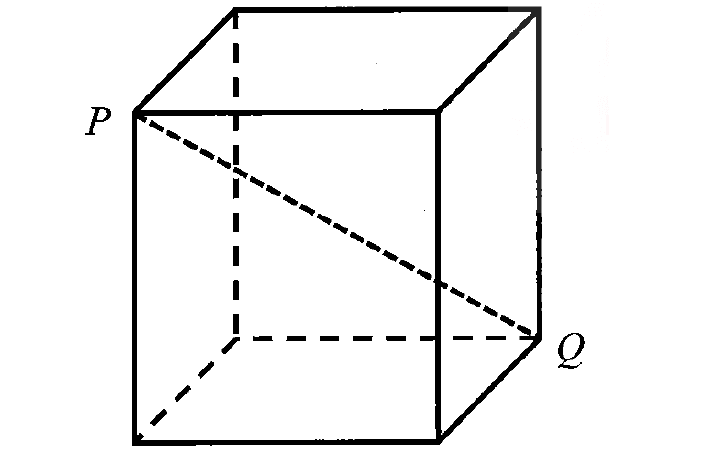HOW TO PROVE THE GIVEN VERTICES FORM A RHOMBUS
(i) In a rhombus the length of all sides will be equal.
(ii) Diagonals will bisect each other. So, its midpoint will be equal.
(iii) Diagonals will be perpendicular. If the product of slopes of diagonals is equal to -1, we say both are perpendicular.
(iv) Length of diagonals will be equal.
Example :
Examine whether the given points
A(2, -3), B (6, 5) C (-2, 1) and D (-6, -7)
forms a rhombus.
Solution :
Distance Between Two Points (x1, y1) and (x2 , y2)
√(x2 - x1)2 + (y2 - y1)2
Length of AB :
Here x1 = 2, y1 = -3, x2 = 6 and y2 = 5
= √(6-2)2+(5-(-3))2
= √42 + 82
= √(16+64)
= √80 units
Length of BC :
Here x1 = 6, y1 = 5, x2 = -2 and y2 = 1
= √(-2-6)² + (1-5)²
= √(-8)² + (-4)²
= √64 + 16
= √80 units
Length of CD :
Here x1 = -2, y1 = 1, x2 = -6 and y2 = -7
= √(-6-(-2))2+(-7-1)2
= √(-6+2)2 + (-8)2
= √(-4)2+64
= √(16+64)
= √80 units
Length of DA :
Here x1 = -6, y1 = -7, x2 = 2 and y2 = -3
= √(2-(-6))² + (-3-(-7))²
= √(2+6)² + (-3+7)²
= √(8²+4²)
= √(64+16)
= √80 units
Since all sides are equal, it may be a square also. To prove it is rhombus, we can prove any one of the following.
Slope of the diagonal AC :
A(2, -3) C (-2, 1)
Slope = (y2-y1)/(x2-x1)
m1 = (1+3)/(-2-2)
m1 = -1
Slope of the diagonal BD :
B (6, 5) and D (-6, -7)
Slope = (y2-y1)/(x2-x1)
m2 = (-7-5)/(-6-6)
m2 = 1
Slope of AC x Slope of BD = -1(1)
= -1
Midpoint of diagonal AC :
A(2, -3) C (-2, 1)
Midpoint of AC = (x1+x2)/2, (y1+y2)/2
= (2-2)/2, (-3+1)/2
= (0, -1)
Slope of the diagonal BD :
B (6, 5) and D (-6, -7)
Midpoint of BD = (6-2)/2, (5-7)/2
= (0, -1)
Length of diagonal AC :
A(2, -3) C (-2, 1)
= √(2+2)²+(-3-1)²
= √(16+16)
= √32
Slope of the diagonal BD :
B (6, 5) and D (-6, -7)
= √(6+6)²+(5+7)²
= √(144+144)
= √288
So, the given are not vertices of rhombus.
Kindly mail your feedback to v4formath@gmail.com
We always appreciate your feedback.
©All rights reserved. onlinemath4all.com
Recent Articles
-
Digital SAT Math Problems and Solutions (Part - 153)
Apr 29, 25 12:18 PM
Digital SAT Math Problems and Solutions (Part - 153) -
Digital SAT Math Problems and Solutions (Part - 152)
Apr 28, 25 11:54 AM
Digital SAT Math Problems and Solutions (Part - 152) -
Digital SAT Math Problems and Solutions (Part - 151)
Apr 26, 25 11:18 AM
Digital SAT Math Problems and Solutions (Part - 151)

